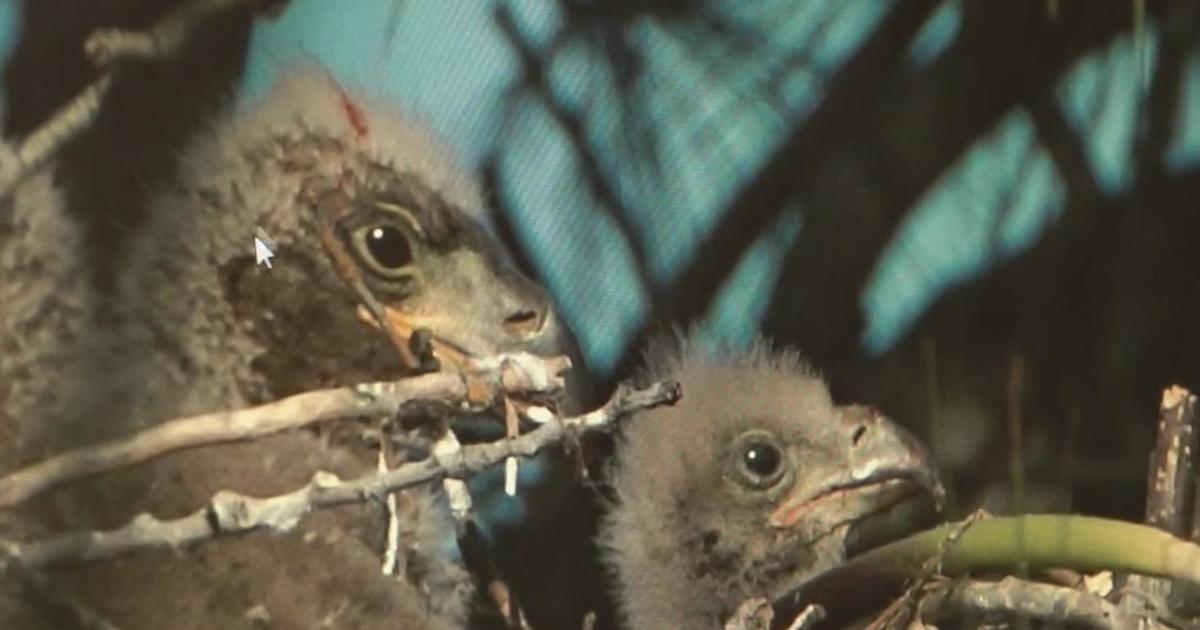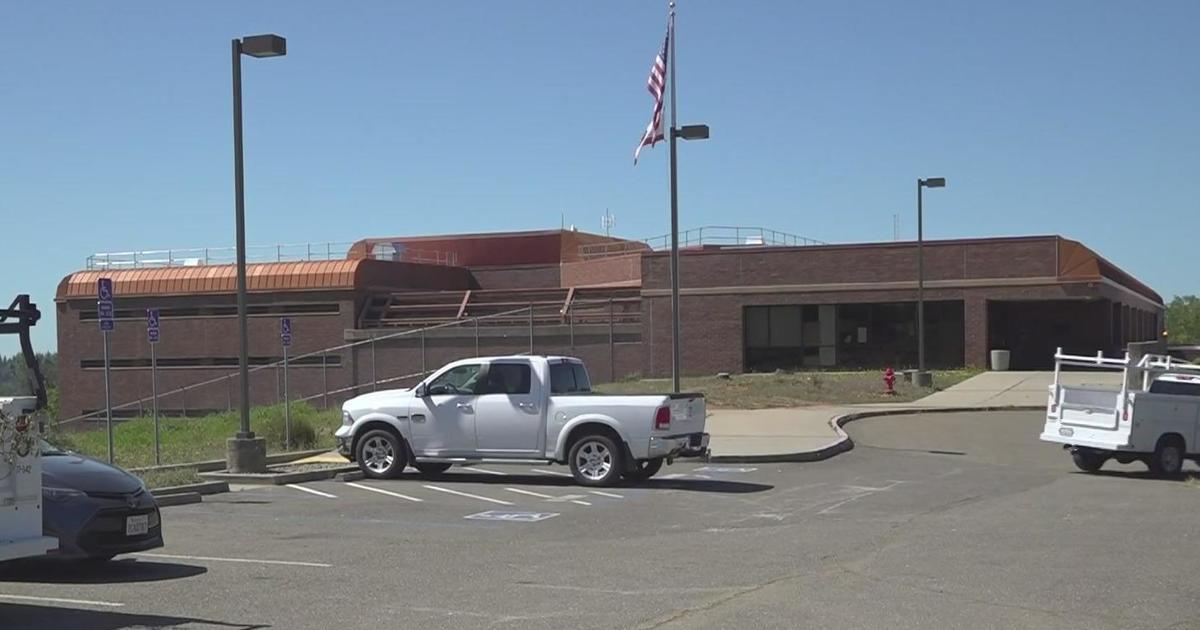"Flying science lab" cruised across Central Valley. Here's what it was tracking.
SACRAMENTO - Those in the Central Valley may have been greeted with an unusual sight last week as a large plane circled the region, flying much lower than usual but for a good reason.
Scientists from NASA and the National Oceanic and Atmospheric Administration (NOAA) launched a summer mission to track and study air quality from the skies in what they call the AEROMMA project.
The Atmospheric Emissions and Reactions Observed from Megacities to Marine Areas (AEROMMA) project used the largest flying science laboratory in the world, NASA's DC-8 aircraft, to fly as low as 1,000 feet over several cities to collect data on pollution sources from June 2023 through August 28.
The Central Valley was just one of a few locations picked for the study based on their range of air pollution issues.
Carsten Warneke, a research scientist with the NOAA Chemical Sciences Lab, flew in this summer mission and said it was important to not only focus on larger cities like Los Angeles and New York but also focus on rural areas to provide a good contrast.
"The Central Valley is very different than what we usually see in urban areas. We have to understand both sides of the equation to improve air quality in the future," Warneke said.
Warneke said this study focuses on air quality in more detail to see how it can be forecasted better and which pollutants have changed over the years.
"Cities have been dominated by cars and transportation emissions for decades, but we found that since they are getting cleaner and cleaner, electric cars don't emit anything in the city anymore," Warneke said. "We found that things like chemical products are a large source of pollutants into the atmosphere. That's day-to-day products we all use from personal care products, cleaning products, print inks, and paints on the wall."
The Central Valley plays a unique role in the air pollution it gets, primarily from its location and agriculture businesses.
"It's dominated by agriculture emissions, by oil and gas. Things like ethanol or methanol, those are often emitted from the feed that animals are eating and there's also pollution transported into the valley," Warneke said. "A lot of things that are happening that are somewhat unusual and it's also a valley, so it keeps the pollution in."
By flying at a lower elevation, the aircraft can catch air pollutants that are not normally detected from a regional view.
"We are flying in areas that, normally, you never would being in an aircraft — low over cities, low over the Central Valley — and we are sucking in air through our inlets into the instruments that are inside," Warneke said.
With more than 30 different instruments inside they can study air quality, its chemistry, and local weather conditions.
Warneke said the data collected from this project will take up to a year to be released to the public.
The AEROMMA project was completed in 2023 with more missions to be planned in the future.




